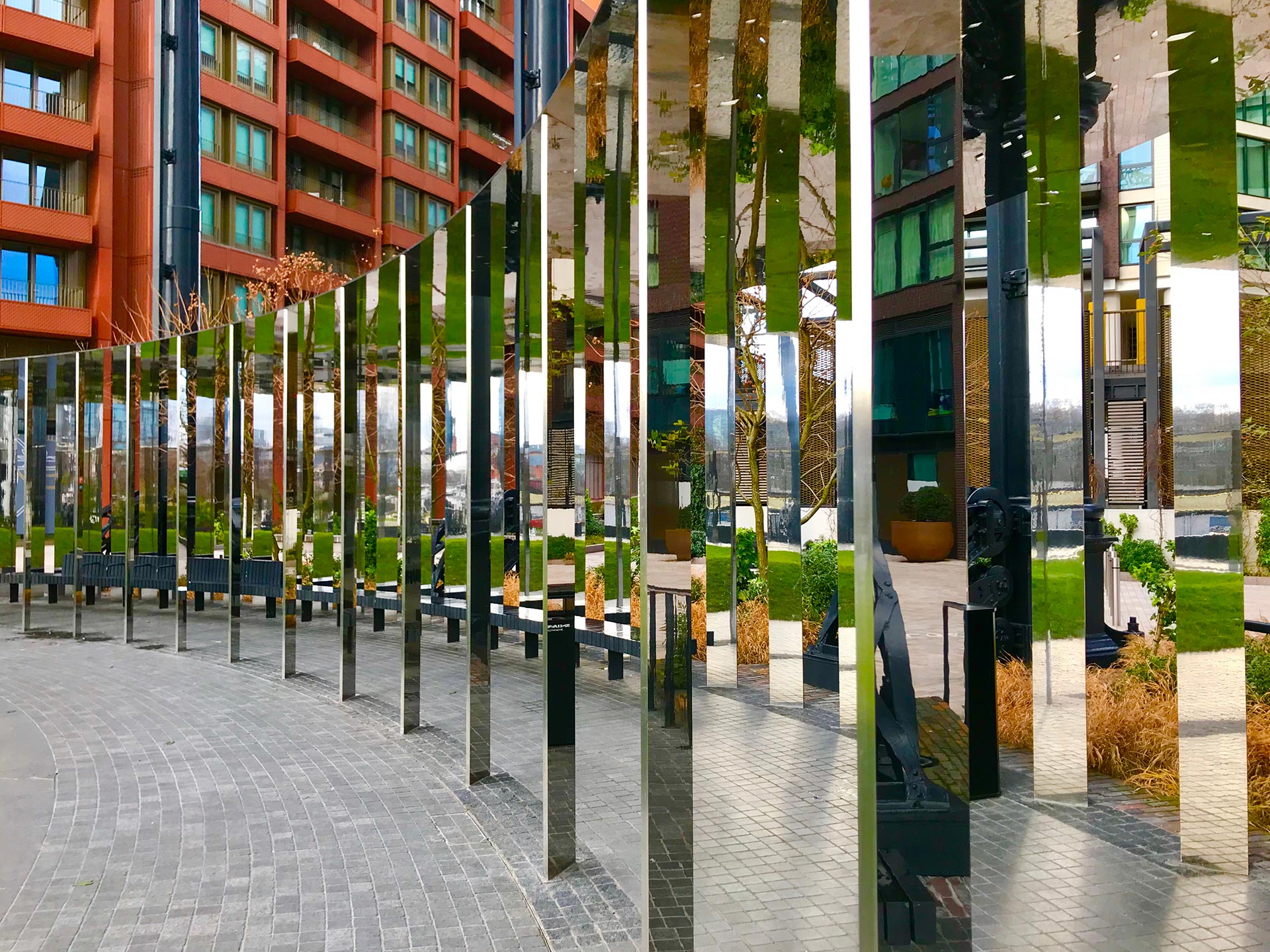As the BTR market continues its rise to prominence with developers and investors alike, J3 have consulted various experienced developers on the merits and opportunities around incorporating build to rent warranty insurance into these new schemes.
Investors ploughed £4.1 billion into build-to-rent (BTR) last year, betting that purpose-built flats would provide more reliable returns than other sectors, according to global real estate advisor CBRE.
CBRE reports that last year’s figure is £500m higher than 2020’s previous record, while almost £2 billion worth of deals are already in the pipeline for this year, fuelling growth that looks set to continue due to a chronic lack of homes in the UK.
Examples of recent BTR deals include:
- In January 2019, Legal & General forward funded Buchanan Wharf, a 324 apartment scheme on the south bank of the River Clyde in Glasgow. This was the first forward-funded BTR deal in Glasgow and Scotland’s first transaction involving a purpose-designed rental scheme.
- Transport for London’s (TfL) agreement with Grainger is a prominent example of a public/private partnership that combines the two entities’ expertise, capital, and land to unlock the delivery of 3,000 BTR homes across London.
- Goodstone Living’s Camp Hill Gardens will provide more than 500 Build-to-Rent homes. Alongside the housing scheme, there will also be co-working areas and commercial and retail space available at a 50% reduction to local businesses.
Build to rent VS PRS Schemes:
The private rented sector (PRS) is a classification of housing where the property is owned by a private landlord and leased to a tenant. Any privately owned and rented property is considered private rental housing, and build to rent sits within this classification.
While a ‘buy-to-let’ landlord owns PRS schemes, institutional investors and property companies own Build-to-Rent developments.
Are structural warranties essential for build-to-rent developments?
The answer is quite simply, yes, most financial institutions and their advisors want a structural warranty for build to rent projects for the following reasons:
First Party insurance
Data from the Insolvency Service, which includes liquidations and administrations, showed 260 construction firms registered as insolvent in October 2021. This compares to 112 in October 2020, when various forms of financial support were in place. In October 2019, before the pandemic, the number of insolvencies stood at 279
Defective design liabilities are normally covered under a contractor’s professional indemnity (PI) insurance. However, making a claim against an insolvent contractor’s PI insurance is practically impossible because insolvency practitioners typically cancel policies to realise unearned premiums.
Consequentially, structural warranties are vital – They essentially sit outside of the build contract and are fully assignable for the length of the policy, i.e., it does not limit how many times the asset can be sold.
Peace of mind & Quality assurance:
When a developers’ exit strategy is to hold the asset, it’s important to ensure that the warranty in place is fit for purpose.
A build-to-rent structural warranty provides security and protection for the developer, the investors, and at the re-finance stage, the new lenders. Whether it’s a new build, PRS development, or, for example, the conversion of an office building to apartments to rent, build-to-rent warranties provide clients with cover against structural defects.
The jury is still out:
Despite the resilience of the BTR sector, there is some skepticism that the need to dispose of the units might still arise. If there isn’t a structural warranty/latent defects policy to cover the first 10 years from completion, then a mortgage provider won’t be making offers to individual purchasers.
Financing a BTR Scheme
During the construction phase of a BTR scheme, funders will look at this in a very similar way to any other residential development (unless a fund has already agreed to forward fund the build). The difference here is that after practical completion, a funder will then provide for a period stabilisation until rental income gets to the expected levels to allow refinancing onto cheaper term debt.
During the stabilisation period and whilst the over yields are slowly building, lenders often allow an element of interest capitalisation while retaining early profits to build up liquidity reserves. During this time lenders will be keeping a close eye on the financial covenants of the facility.
It is not uncommon to see at some point through the process that the scheme is packaged up and sold to a long-term investment fund. These funds have a strong appetite for long-term low risk investments with steady and predictable returns such as these.
Supporting the Built to Rent sector with building warranties & finance:
Build to rent structural warranty provides security and protection for not only the developer but investors and at the re-finance stage, the new lender(s) too.
Despite the various changes we have seen across insurers and underwriters in the LDI market, there has been positive steps taken to deliver a tailored policy for the built to rent product.
Built to rent schemes do require another layer of consideration. You often have a savy investor who plans to hold the asset for 20 years+ and wants to see that their investment structure is protected. So the developer’s latent-defects strategy comes into sharp focus early on.
In a situation where the investor is comfortable with the covenant of the contractor and recourse through the build contract and collateral warranties, a large excess can be applied – sometimes up to 10% of the reinstatement value – to reduce the initial premium. This is a useful tool in large BTR schemes, especially those that involve multiple stakeholders where each respective party wants their own full reinstatement sum insured but there’s a necessity to keep the overall premium down.
Interestingly, some providers now offer the option to port into an open market product or lower excess for a new purchaser at some point in the 10-year cover. This is a vital development that allows the developer or investor flexibility to change their strategy and dispose of the asset through traditional, per unit sales, rather than an entire block – That gets a big tick from the savvy investor!
If you have a build to rent project you wish to discuss, call us on 020 3096 0718 or fill in our enquiry form online.





